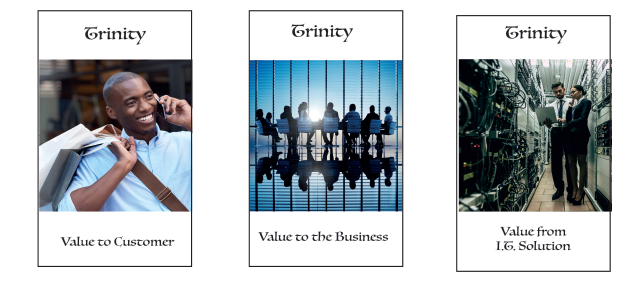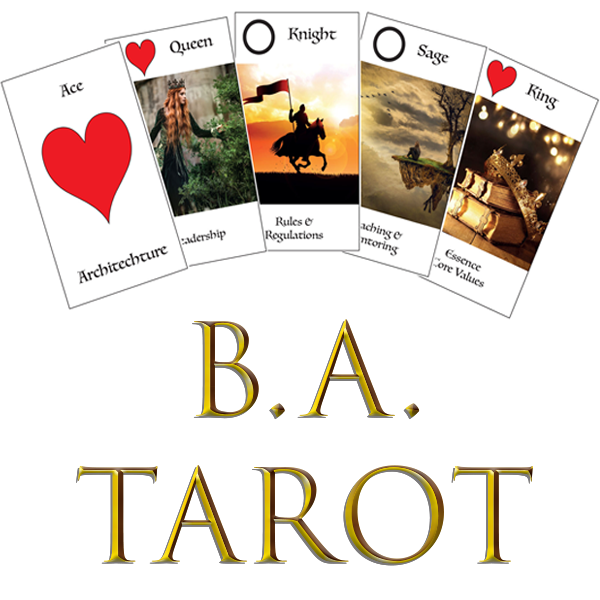
The Cards
6 Aces: Representing the 6 aspects of an organisation

The 6 Aces or “The Functions of an organisation”
The 6 key functions of the organisation are represented by the 6 suits:
Hearts – Organisation Architecture:
The Hearts suit focusses on the organisation and its core elements. The businesses ability to react to a changing environment. Its leadership, the actors within the organisation, how the organisation is structures, its vision, culture and attitude.
Circles – Organisational Knowledge
The Circles suit represents the knowledge that the business has (or doesn’t have) and its understanding of the environment it operates within. How does the business organise that knowledge, how does it share that knowledge with customers, staff and its stakeholders.
Triangles – Organisation Resources
Resources are what the business uses in order to function. These resources can be people, equipment, other organisations or assets. It is what the business uses in order to create value. The products and services that the organisation creates is also one of the organisations key assets.
Spades – Organisations Conduct
The conduct of an organisation, what it does, what it says and how it communicates to its stakeholders. How a business acts and reacts forms the basis of how others see the organisation which creates its reputation.
Diamonds – Organisation Efficiency
Survival of the fittest is still one of the strongest forces in business, ensuring the business and its resources are competitive and efficiently using the best available technology is key. Competitive advantage comes from focus, understanding and the use of systems and automation. Maximum “bang for buck” as some would say (I prefer gross margin per £ of labour).
Clubs – Organisation Strategy
The organisations strategic direction, how it achieves its goals. Its employment of techniques and tactics to advance the business. In military terms it is manoeuvre – you don’t need an atom bomb to win a war – often a well placed assassin is far more effective.
These 6 functions originate from NATO 6 functions in War-fighting. – The warfighting documentation is here Warfighting Documentation (this is the whole document ) Appendix B is the part that lists the 6 Functions see below:
Command and Control
Intelligence and information
Protection Sustainment and
Logistics
Firepower (Fires)
Movement and Manoeuvre
Although unconventional in Business Analysis these 6 functions act as a great framework for all the other functions within the deck. (Consider it a bit like McKinsey).
Once you have been through the holistic approach to the overall organisation these can be turned over to be used to look at how the process model can be used.
Additional cards: 6 W’s
Who, What, When, Why, HoW.

These cards can be used to look at many aspects that arise in workshops and the like. They can be used to raise specific questions on a card that is being discussed or they can be used in their own right to drill down into the elicitation of details on a particular subject.

The Holy Trinity
Whenever you are considering any application the ever present Trinity must be considered. These are:
The value to the Customer
The value to the Business
The value derived from the IT solution
The use of the cards:
Can be used in any way the user desires – when planning or considering a project the whole deck can represent the holistic approach. Each suit can be used for detailed elicitation. Users can choose the appropriate cards for the application and use them as a prompt in workshops. Consider the “As Is” situation and the “To Be” situation by studying the Ace cards.

